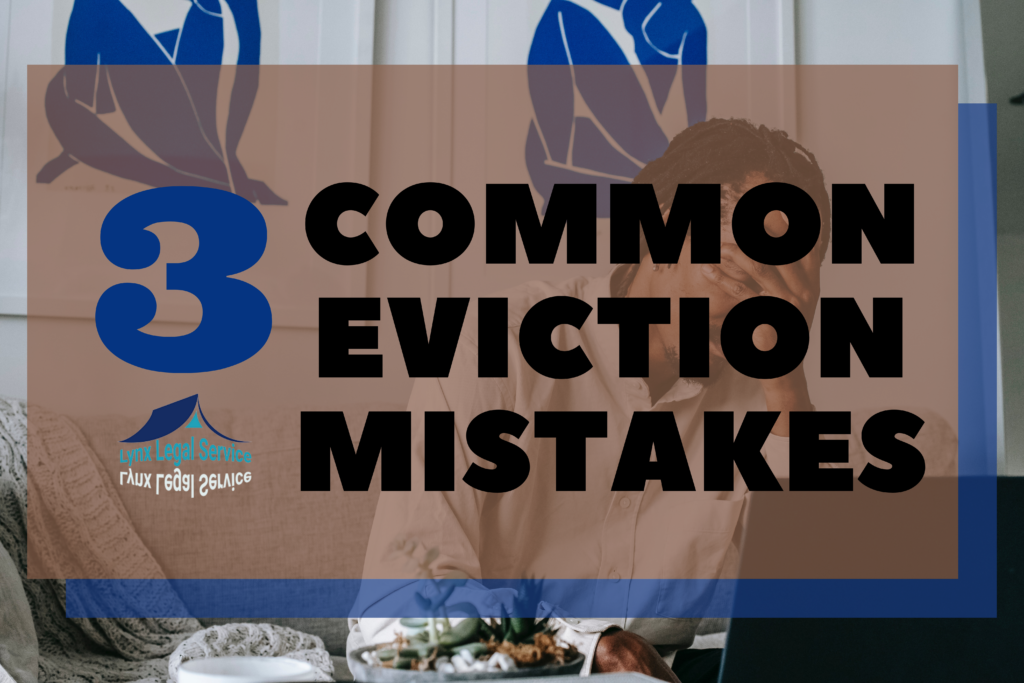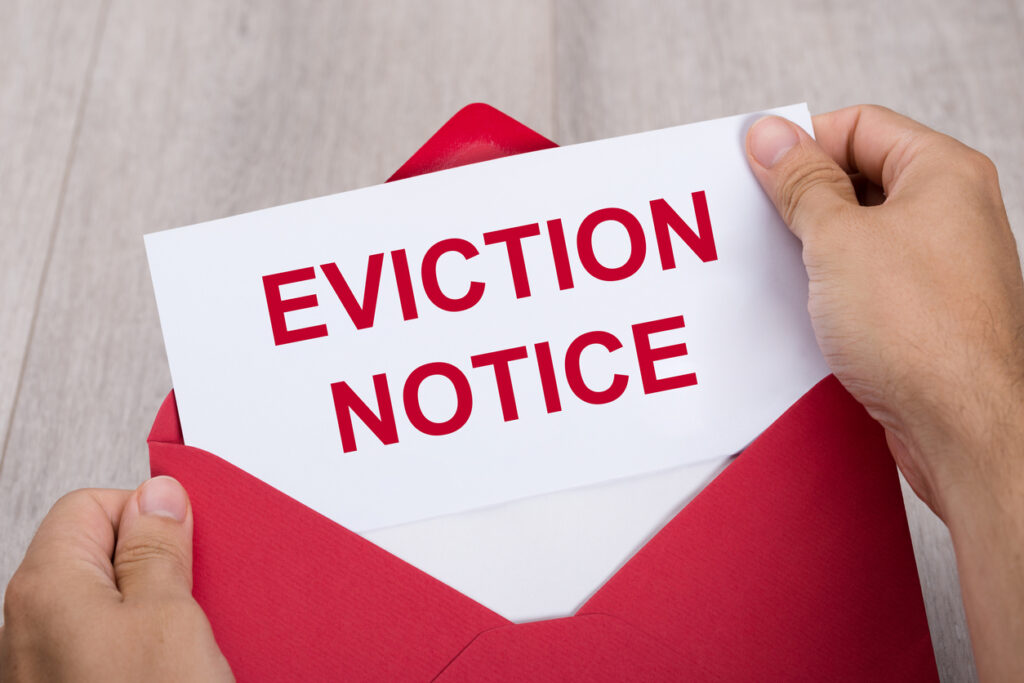
Eviction is a legal process by which a landlord can take back possession of a rental unit. Each state has specific rules about the eviction of tenants, and if you don’t follow these rules correctly, you may be required to restart the full eviction process. Understanding the eviction process and knowing what to avoid can help ensure quick and relatively straightforward deportations. Here are three mistakes you should avoid when trying to evict tenants.
See also: How long does it take to evict a tenant in California?
Mistake 1: Self-Help Eviction
It is often illegal for a landlord to attempt self-reliance deportation. This type of eviction occurs when a landlord fails to pass legal measures to remove a tenant from the property. The landlord tries to intimidate, coerce, or otherwise distress the tenant’s living conditions to force the tenant to leave the property.
Examples of Actions a Landlord Would Take During a Self-Help Eviction Include:
- If you try to force the tenant to deal with it, the tenant can actually sue you. It’s obviously frustrating if a tenant doesn’t pay your rent or break the lease, but you have to understand that being a landlord is a business and there are specific rules you must adhere to.
- Not only is it illegal to attempt to deport yourself, but it can also be dangerous. Tenants won’t be too happy if you turn off their utilities or leave all their belongings on the lawn. There have been stories in the news about violence between landlords and tenants, some even leading to death. Don’t risk your life. Obey the law and let the sheriff or the policeman get trained to lock up tenants by court order.
- Change locks on all tenants’ doors so they cannot enter their own home.
- Removing all of the tenant’s possessions from the property.
- Turn off tenant utilities so they have no hot water, electricity or gas.
- Harassing a tenant in the hope that this threat will cause the tenant to move.
Mistake 2: Not Giving the Proper Notice
Before you can file an eviction request, you usually must present the tenant with an Eviction Notice. This notice informs the tenant that you will begin eviction proceedings for the reason listed in the Notice.

In some cases, this Notice is filed because tenants fail to pay their rent or are breaching their tenancy. Other times, this Notice is not due to the fault of the tenant. For example, a Rental Notice can be given if a rental property is being put on the market in the near future. In this case, all tenants must leave the property or be evicted.
The reason for your eviction will determine the amount of time before you file your eviction request, you must show the tenant a Notice of Quit. Some reasons require three days’ notice, while others require more than a year.
In Order to Evict a Tenant Make Sure You:
- If you do not provide this Notice to Quit, or do not give the Notice far enough, you may have difficulty evicting your tenant and may be required to restart the eviction process.
- Present them with a Notice to Quit.
- Understand how far you must present this notice before you can file an eviction request.
Mistake 3 – Not Having Evidence
Another common mistake landlords make is in the actual eviction process. They do not have appropriate evidence to support their eviction request. For example, if you are trying to evict a tenant for not paying rent, you must bring a bank statement with you as well as any correspondence with the tenant regarding the unpaid rent. this. If you are filing to evict a tenant for damage, you must bring photos or any other evidence that they damaged the property.
Documents you should consider bringing to the eviction proceedings:
- If you do not come to court with the proper evidence, a tenant who should rightfully be evicted may be allowed to remain in the property due to this lack of evidence. Evictions can drag on for two or three months, so you do not want to spend all that time waiting for a court date only to discover that you have to initiate the process all over again.
- Signed Lease Agreement.
- Copy of Notice to Cease.
- Copy of Notice to Quit.
- Bank Statements.
- All Correspondence Between Yourself and the Tenant.
- Pictures of Damage.
- Complaints From Other Tenants.
- Any Other Evidence That Will Support Your Motion to Evict.
See also: Why You Should Hire A Landlord Attorney
At Lynx Legal Service, we are committed to solving your problem. There are many variations on the drama that comes with an eviction, but solving the problem always comes down to the same process. Lynx Legal Service has successfully evicted thousands of problem tenants by following that legal process. To schedule a confidential consultation, call our firm at 888-441-2355 our intake and order form to us at info@lynxlegal.com.
